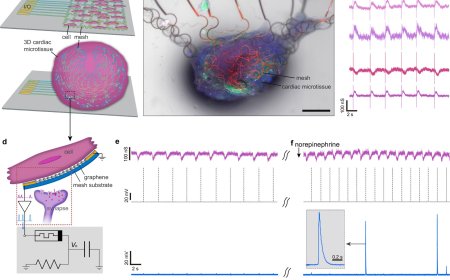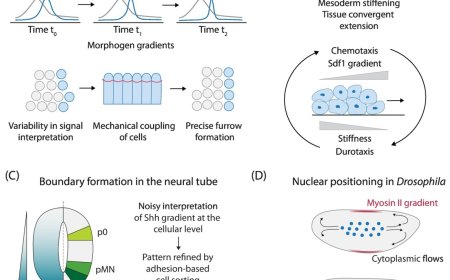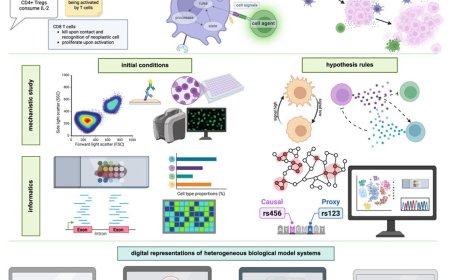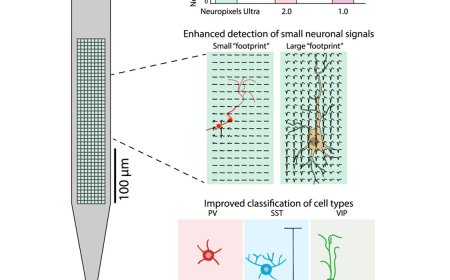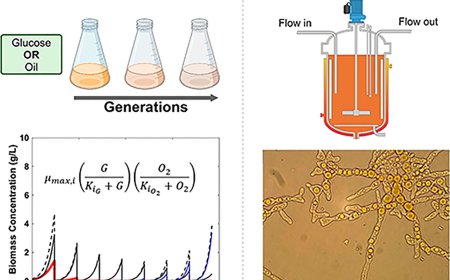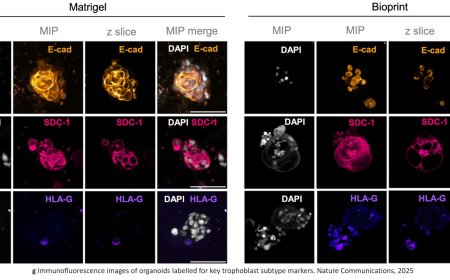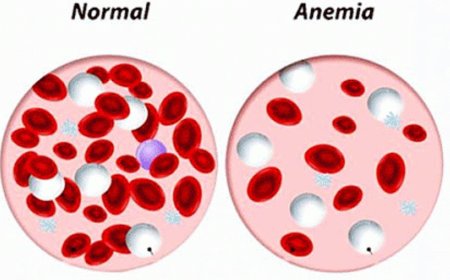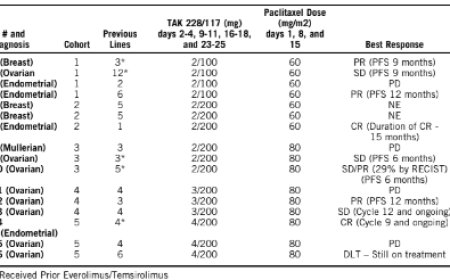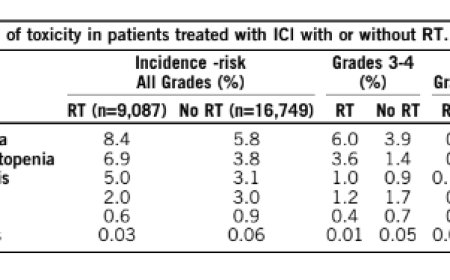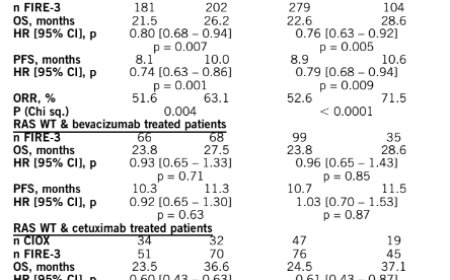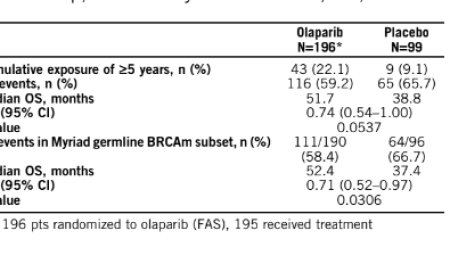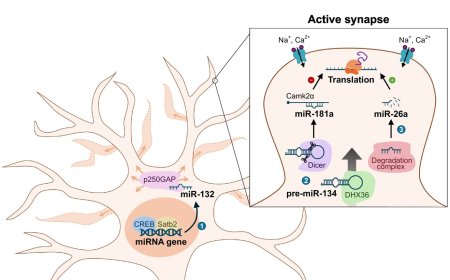FLIPR to measure fast and slow neuronal signals

Fluorescent reporters are not well suited to measure slow changing signals while, fast, relative changes in concentration of target molecules could easily be measured.
Fluorescence lifetime photometry at high temporal resolution (FLIPR) reports absolute fast and slow neuronal signals across time, brain regions, animals, and behavioral contexts.
FLIPR, combined with the new dopamine sensor dLight3.8, allows for the simultaneous measurement of fast and slow changes in dopamine in freely moving mice.
The authors observed higher tonic dopamine levels in the tail of the striatum compared with the nucleus accumbens core and differential and dynamic responses in phasic and tonic dopamine to appetitive and aversive stimuli.
